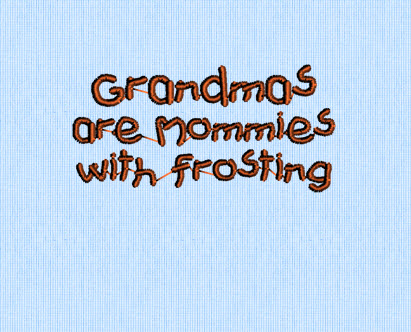My first experience with shadow work was as a gift from my mother when she returned from a trip to China. She brought back a very sheer piece of silk, mounted in a beautiful wooden frame. It had a kitten embroidered on one side and as you rotated the frame, the same kitten was pictured on the back. There was no evidence of hidden stitches, of tied off knots or anything. The front and the back were exactly the same image except the coloring was slightly different.
I studied and studied the piece. It took me some time to figure out how it was accomplished. That it was hand done was obvious. I just couldn’t figure out how.
Shadow work is two sided and is usually done with sheer fabrics. It would work for quilting, because you would not be able to see both sides of the fabric, but I thought it should be included in the fabric embellishment series, if for no other reason than it is an amazing needlework feat.
This is a white hankie from White Hankies | Janice Ferguson Sews
www.janicefergusonsews.com

You can see that the pattern is visible equally fro both sides of the fabric. Unlike textured embroidery styles, shadow work if very flat, very small stitches and very close to the background fabric.
My first shadow work piece was Chinese, but the argument is whether it originated in India or Persia. There remain many examples of this ancient technique with motifs from each place.
Unlike textured embroidery styles, shadow work if very flat, very small stitches and very close to the background fabric. It is really amazing to see.


